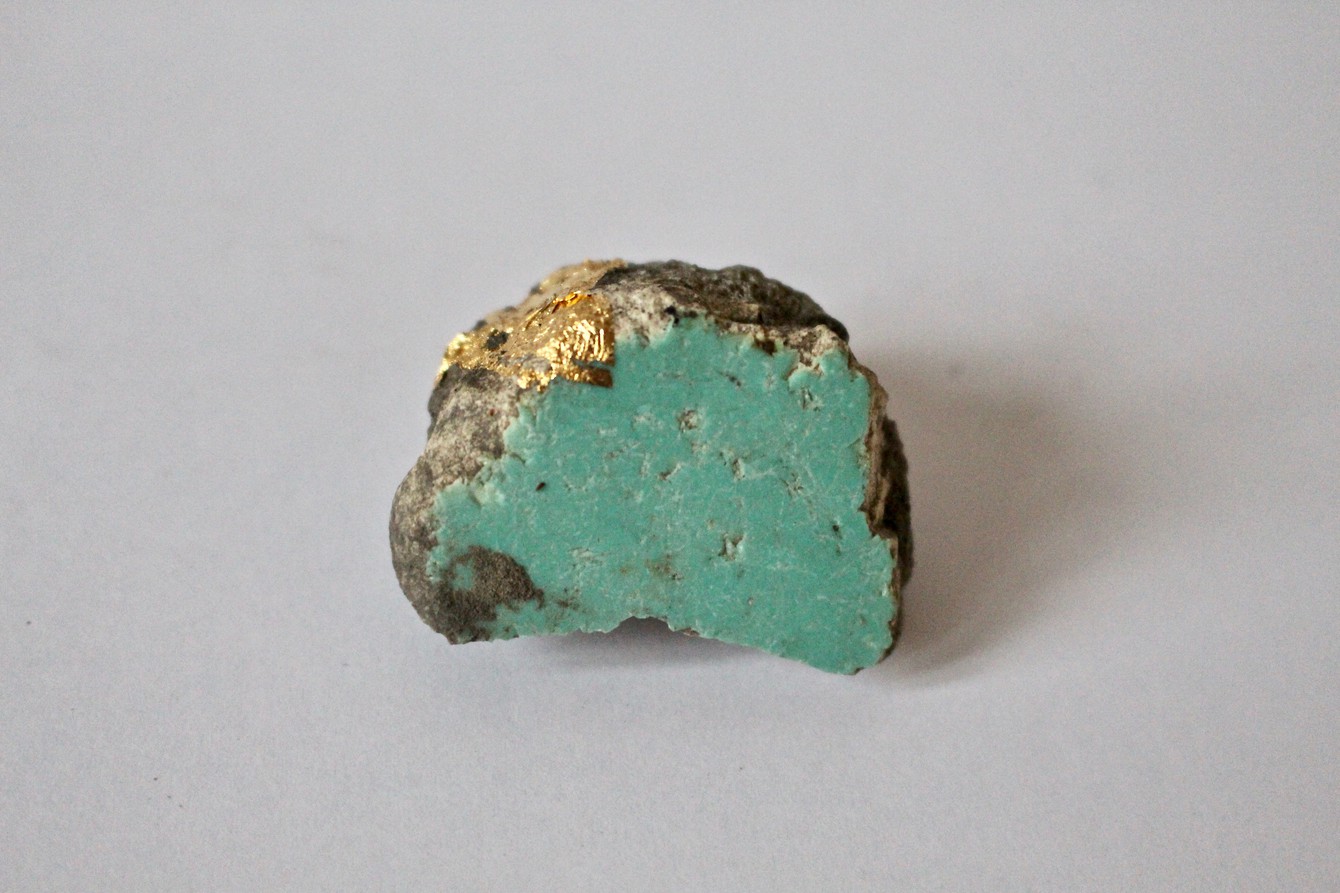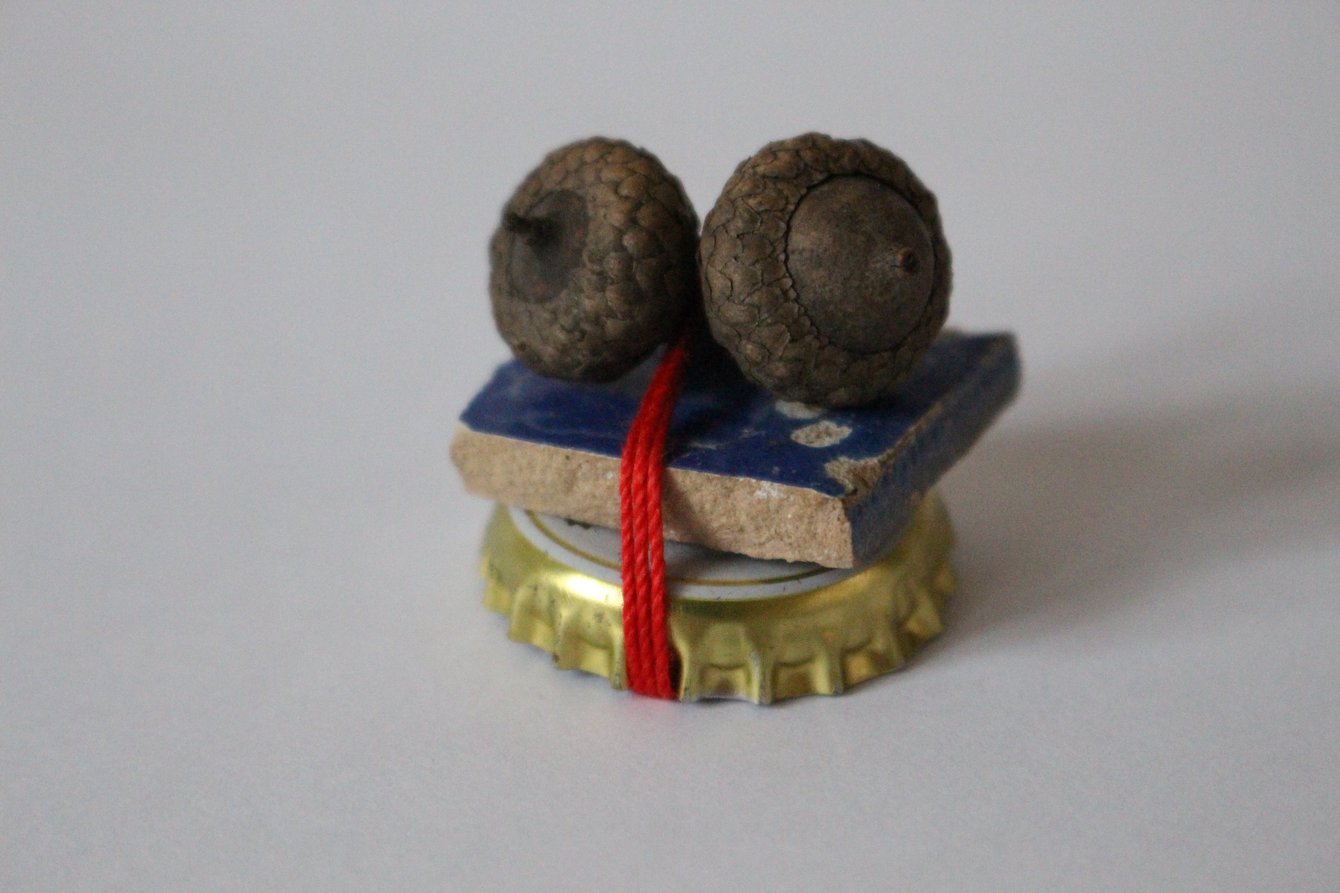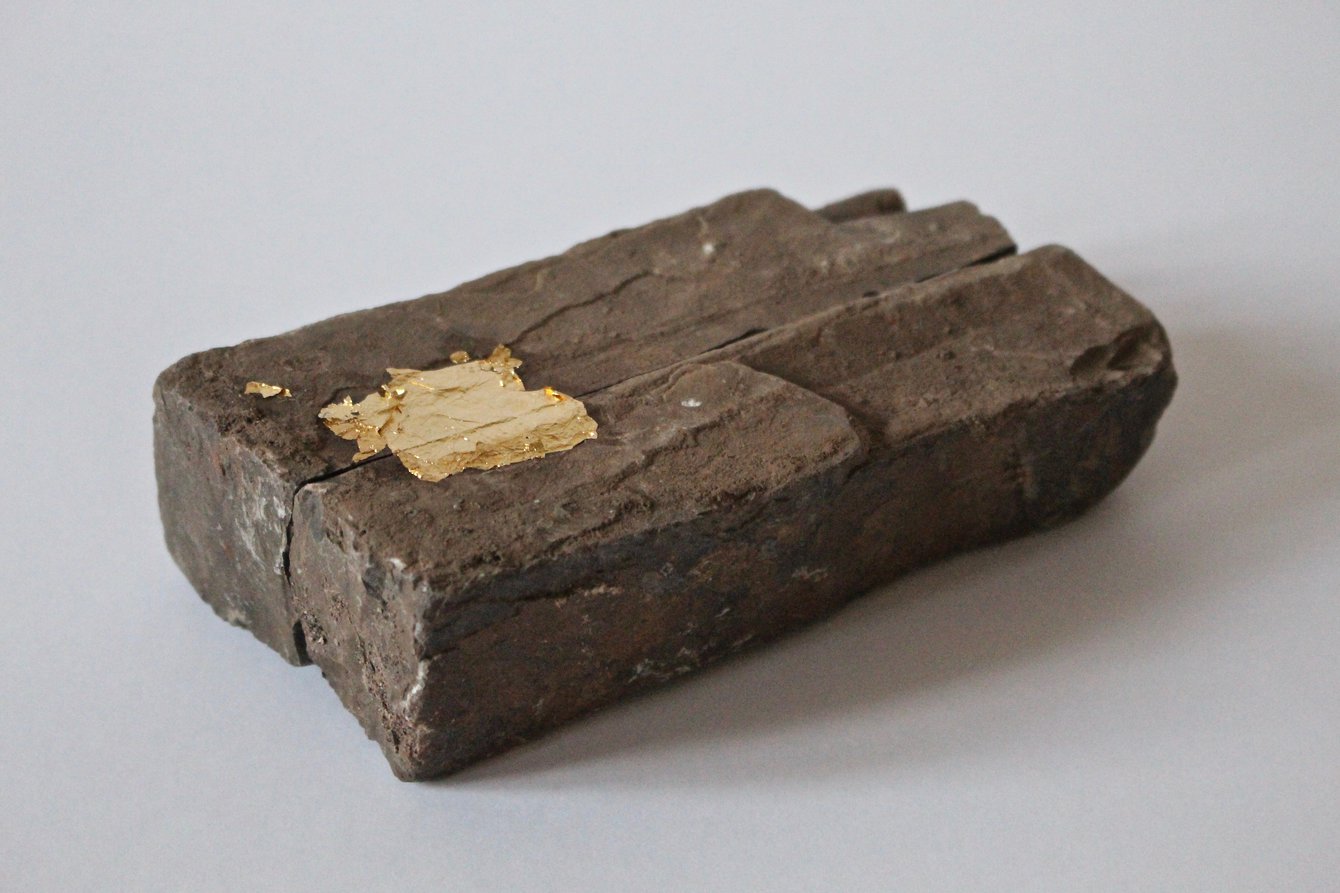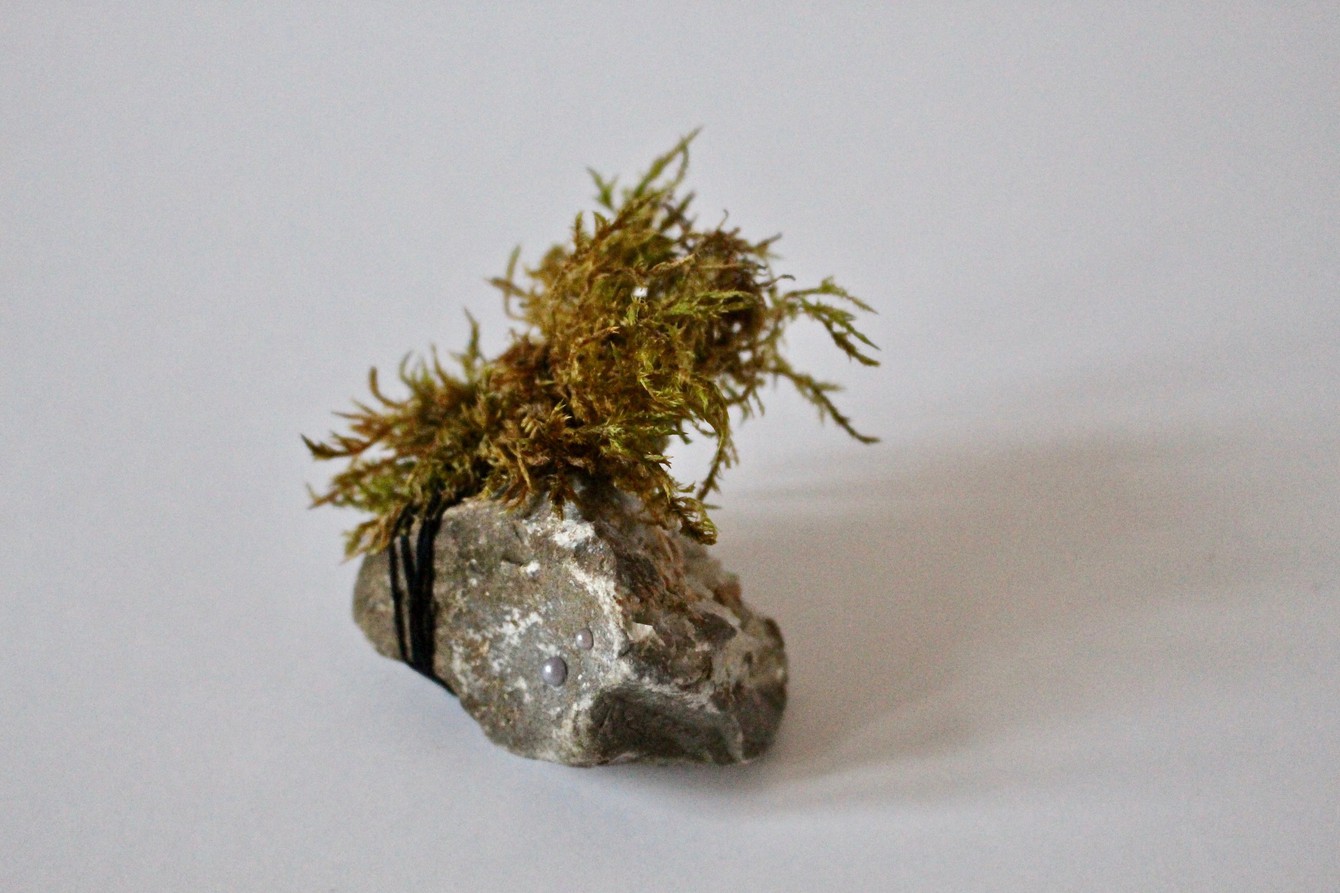1/2/8 — Urban Frictions // #ABOUT 'LA ZONE' von h-artlab
by
h-artlab
Themen
1/2/8
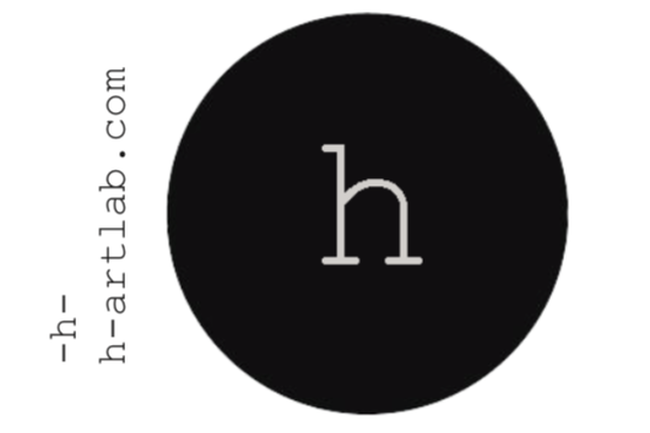
We are focused and passionate about what the future will be, how humans will change, transform themselves, the choices that we’ve made, the way we are told about the past choices, the past victories, the past mistakes. Fascinated by how we build the knowledge on our world, we consider art as a social - poli cal - historical dialogue between di erent domains of thoughts as science, history, and philosophy. We inves gate, observe, and play with the data to ques on our era and the seedlings of the possible futures it contains.
LA ZONE . . . . . . .
This project is inspired by the “Rainbow Valley”, in the Death Zone on the Mount Everest. This name comes from the snowsuits worn by the dead climbers, climbing the mount, and le there because of the impossibility to be removed. These snowsuits, their colours, their position in the snow, are used as landmarks by the next climbers (“Green boots” for example), and create points of colour in the snow in the white landscape. These landmarks which are in fact bodies can be associated to those in Roadside Picnic, the 1971 Arkady and Boris Strugatsky’s novel, where the ‘stalker’ tries to find his way and survive in the “Zone”, by using a crack in the asphalt, plants, different objects or details in the area.
Our project consists in learning how we appropriate an unknown territory, by bounding the surface, learning the landform, finding or creating landmarks: how to internalize an area. The ambition of our project 'La Zone' is to question the conception of a territory, determined by imaginary frontiers, as well as the writing of the geography.
The installation is the link between the reality of the space and our own perception of the parc. It is an a empt to transmit some of our personal experience of the zone. By inventing our own landmarks, symbols, by experimenting with materials that we found, that we gleaned through physical exploration, we appropriate in a way, in our way, the space, made it ours.
Because the Zollverein is part of the World Heritage sites, which according to the UNESCO, belong to all the peoples of the world, we wanted to explore how this site could be ours. Through cabins, through a sand map, through objects that we hide in in the parc, like we are pirates who would like to nd their treasures in the future.
At the same time it is about building something ephemeral, because we are wondering about what we’re going to leave on Earth, what is going to be our heritage.
It is also about playing to learn the space, building cabins like children, but also as a simulacrum of the cabins which are destroyed and rebuilt in the ZAD, in France, where people ght for their rights to decide of the future of the land. Those people are also questioning the environmental issues of living somewhere, transforming, building a common place to live together in. Far from an opposition between nature and culture, separating the humankind and the ‘Nature’, far from a conception that the world only belongs to humans, it shows the struggle between two visions of the world, the ones who don’t want to hear about collective projects and living together, and the ones who are fighting to reclaim the commons and solidarity.
See also:
/sand drawings/Aboriginal people in Australia and the concep on of the territory/sand map/army/cartography/ domina on/anarchist geography-Simon Springer, Elisée Reclus, Jean-Bap ste Vidalou/ZAD/Alain Damasio/ reclaiming the commons/borders/fron er/periphery/fringe/exclusion/


